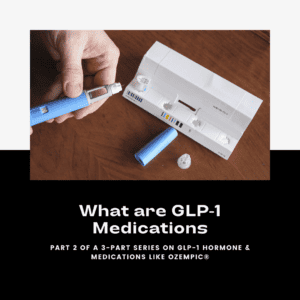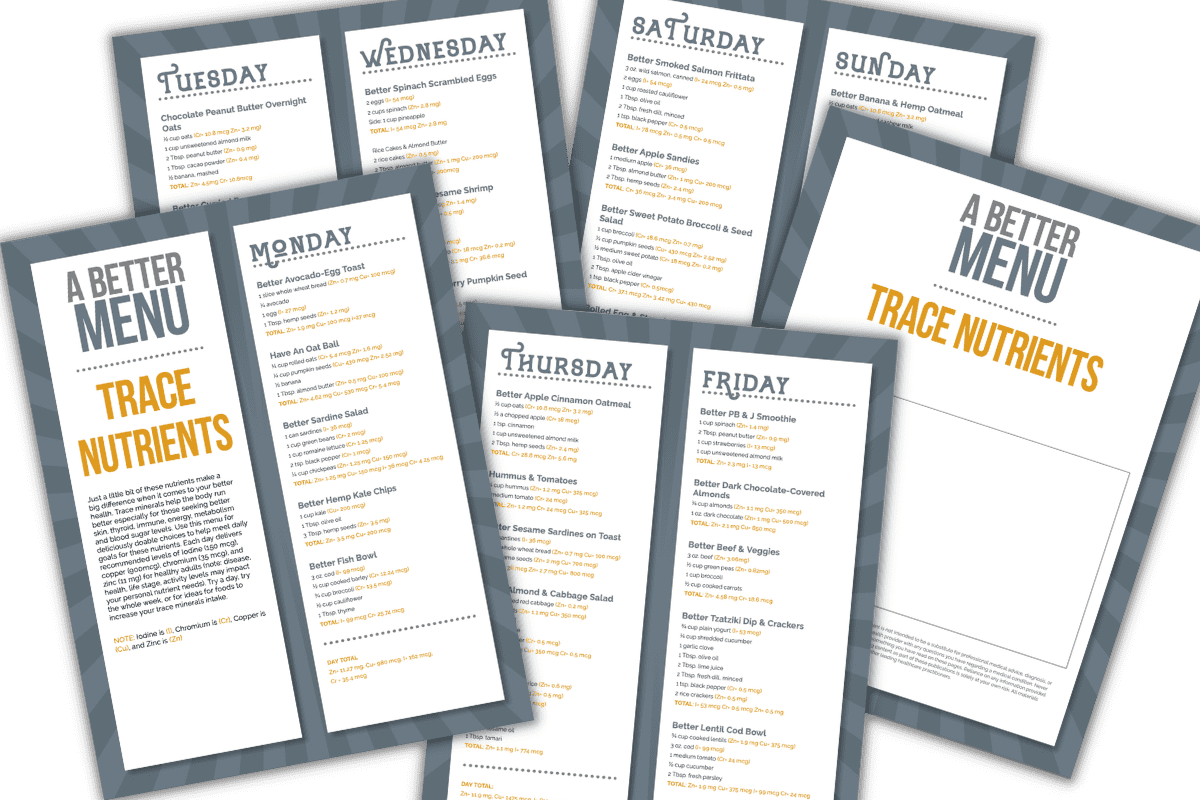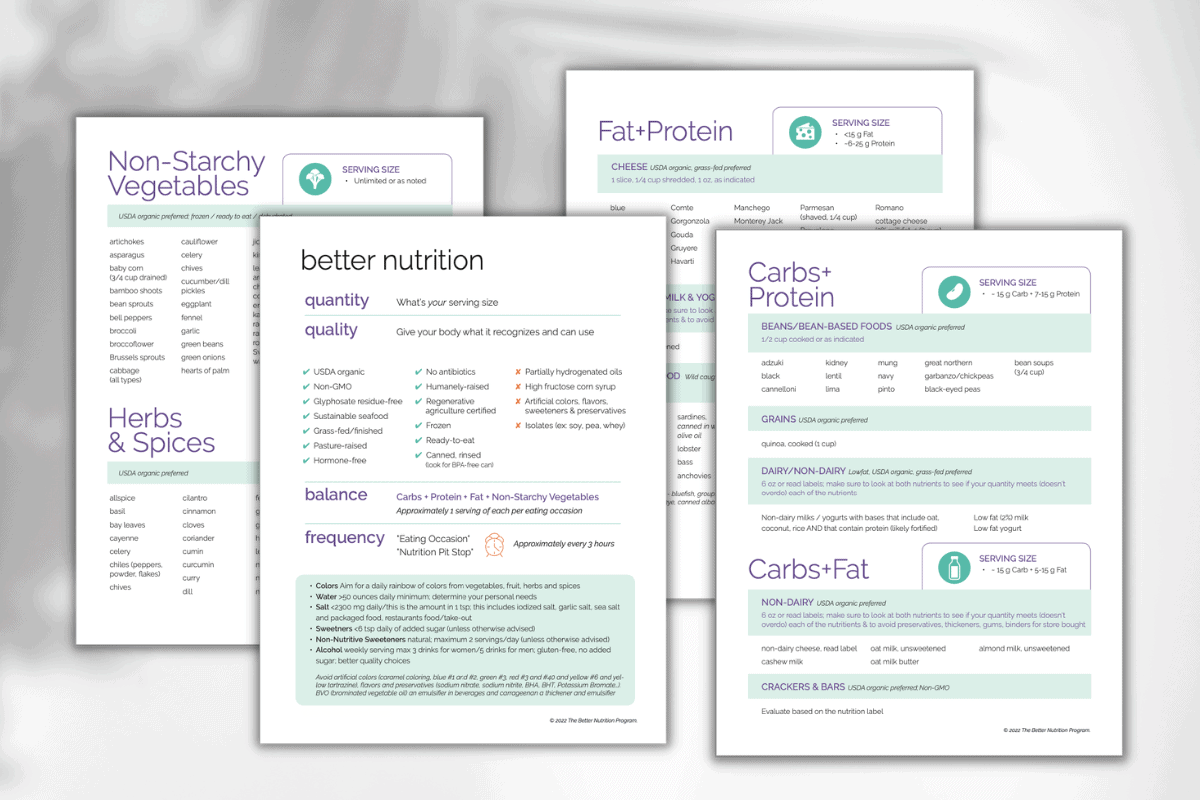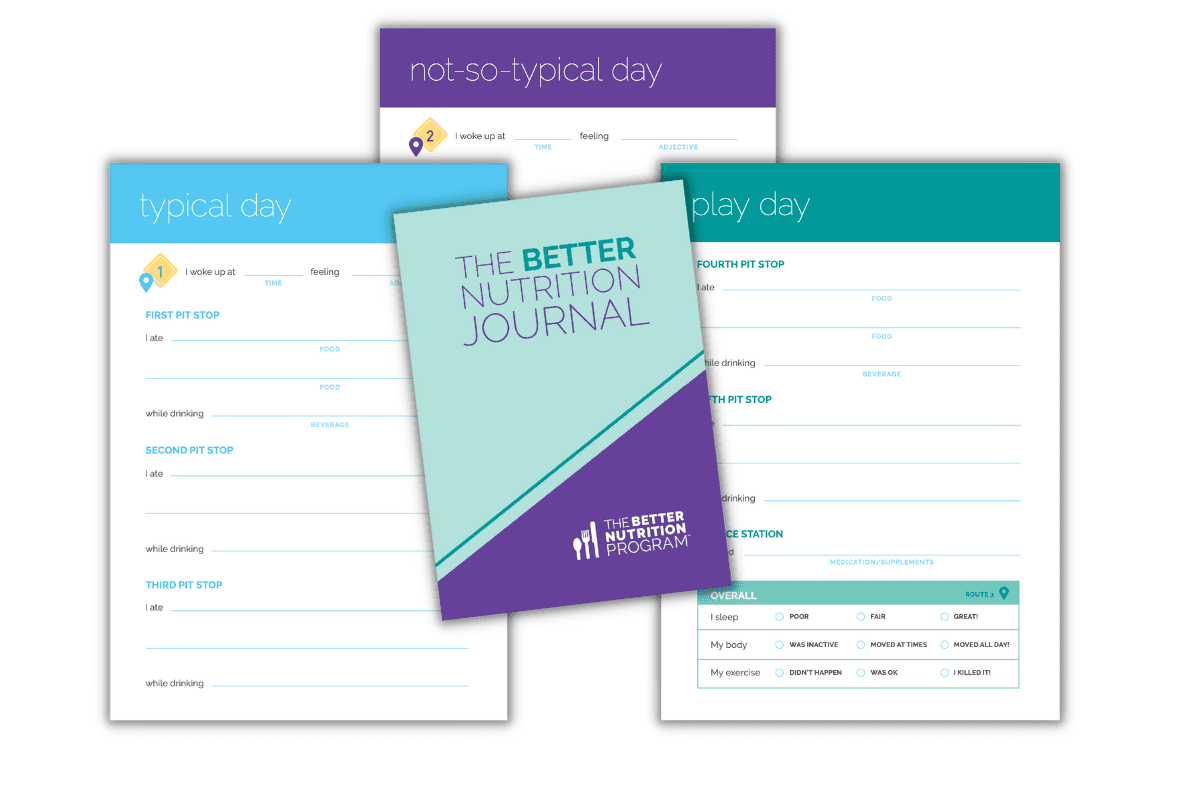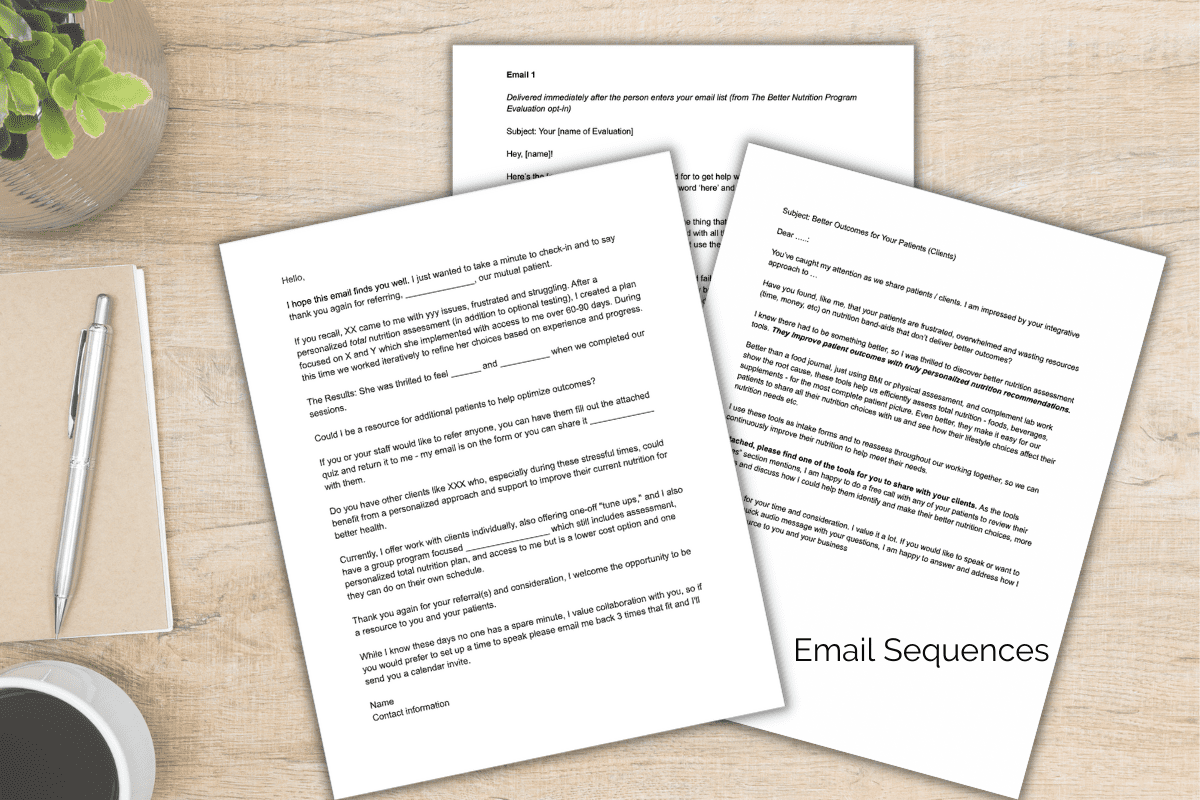Part 2 of a 3-part Series on GLP-1 Hormone & Medications Like Ozempic®
What are GLP-1 and GIP hormones? These are the natural ones your body produces that new GLP-1 agonist medications mimic to help people lose weight and reverse diabetes. While the medications seem like newly discovered superheroes, we should also be paying attention to the actual hormones they are designed from because:
“Incretin hormones – GLP-1 and GIP – are hugely important for optimal metabolic health. The successes and side effects of GLP-1 medications should be directing every practitioner and their patients’ eyes to the need for optimizing their natural production of these hormones and what sub-optimal production reveals.”
Ashley Koff RD, personalized nutrition expert
GLP-1 (glucagon-like peptide-1) and GIP (glucose-dependent insulinotropic peptide) are hormones and part of the body’s incretin system which regulates blood sugar levels and appetite, increasing satiety (feeling full), gastric emptying and reducing cravings. These hormones trigger the release of insulin based on the presence of sugar (glucose) in the blood.
GLP-1 is produced by special cells in the intestines in response to food intake, especially carbohydrates and fats. When GLP-1 is released, it stimulates the pancreas to secrete insulin, which helps lower blood sugar levels. Additionally, GLP-1 slows down the rate at which food leaves the stomach, leading to increased feelings of fullness and reduced appetite. And it promotes beta cell production, which is crucial for healthy insulin response.
GIP is another hormone of the incretin system, produced by the small intestine. It works by increasing glucagon hormone secretion, which is the opposite of GLP-1.
Can you support the production of GLP-1 and GIP hormones naturally? Yes and it’s important.
Understanding where these hormones are formed is our biggest hint to optimizing their production: They are produced in your gut. Specifically, it’s the L- and K-cells in the lining (mucosal layer) of the intestines in your digestive tract. This mucosal layer plays several roles including to protect the body against fluids, pathogens and particles that could injure it, to secrete enzymes and hormones, and to absorb nutrients. Thus, it is critical that this layer gets the nutrients it needs, avoids insult and injury, and gets repaired when those occur.
To protect your L- and K-cells and their production of GLP-1 and GIP, proper nutrient support includes addressing any “leakiness,” and avoiding irritants as much as possible. Avoiding injury, insult and injury altogether may not be possible, that’s why routine assessment of digestive symptoms, and as indicated, digestive tuning up (like we offer with BNP’s Digestive Tune Up™ and Blood Sugar Optimizer™ programs) is essential. And there are tests that can help determine if your GLP-1/GIP hormone production may be impaired.
Check out our GLP-1 Optimizer™ for Metabolic Health & Weight Loss Wins to ensure that whether you are interested in taking a GLP-1 medication, currently taking one, or looking to increase production naturally, you are on the right track.
For a detailed list of supportive nutrients, irritants, and other situations that may adversely affect production of GLP-1 and GIP and more:
Get the Better Nutrition Guide to GLP-1 Hormone & Medications Like Ozempic®
This guide is designed to help you if you are trying to decide or are already on one of these medications and looking to optimize results including a plan to successfully discontinue the medication once you’ve reached your goals.
Read Part 1 of the Series: Help, Hype, or Hope? How do Medications Like Ozempic® Work and Why Are So Many People Taking Them?
